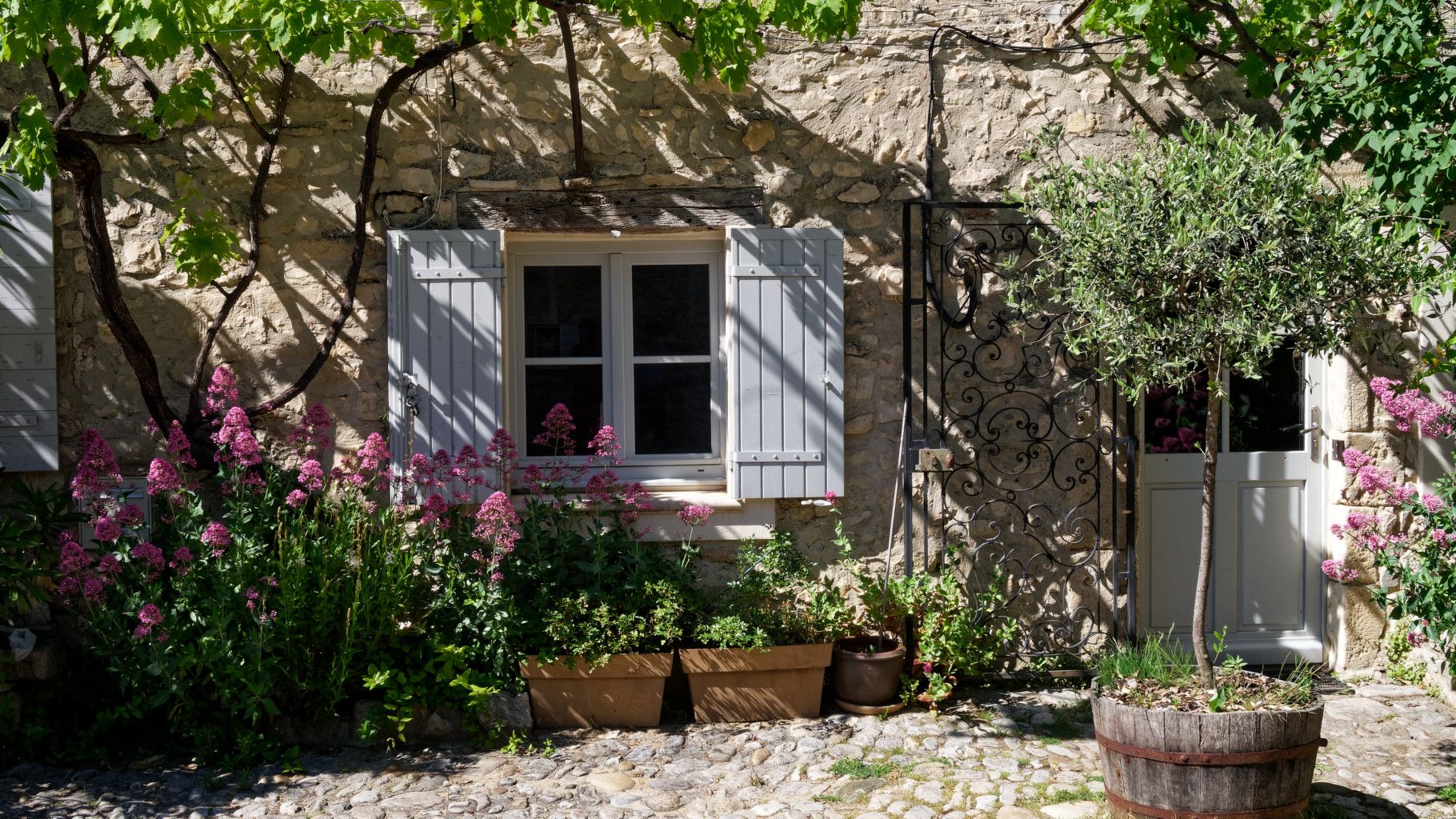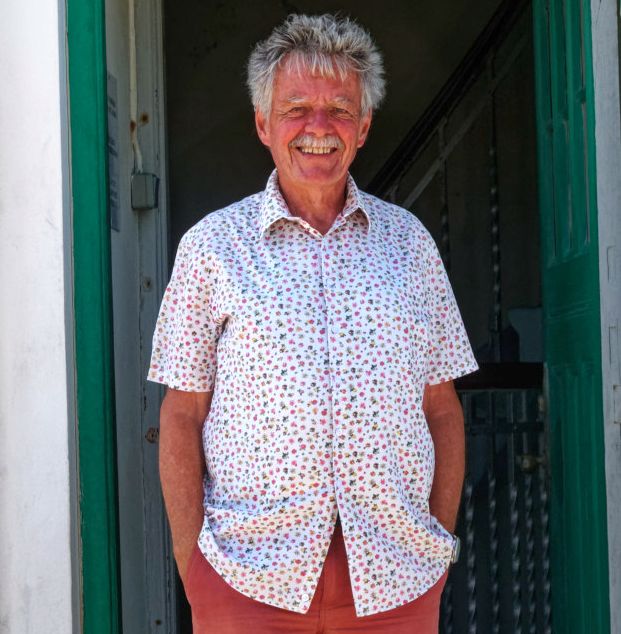Nicéphore Niépce in Chalon-sur-Saône
بڵاوکراوەتەوە: 29.09.2023
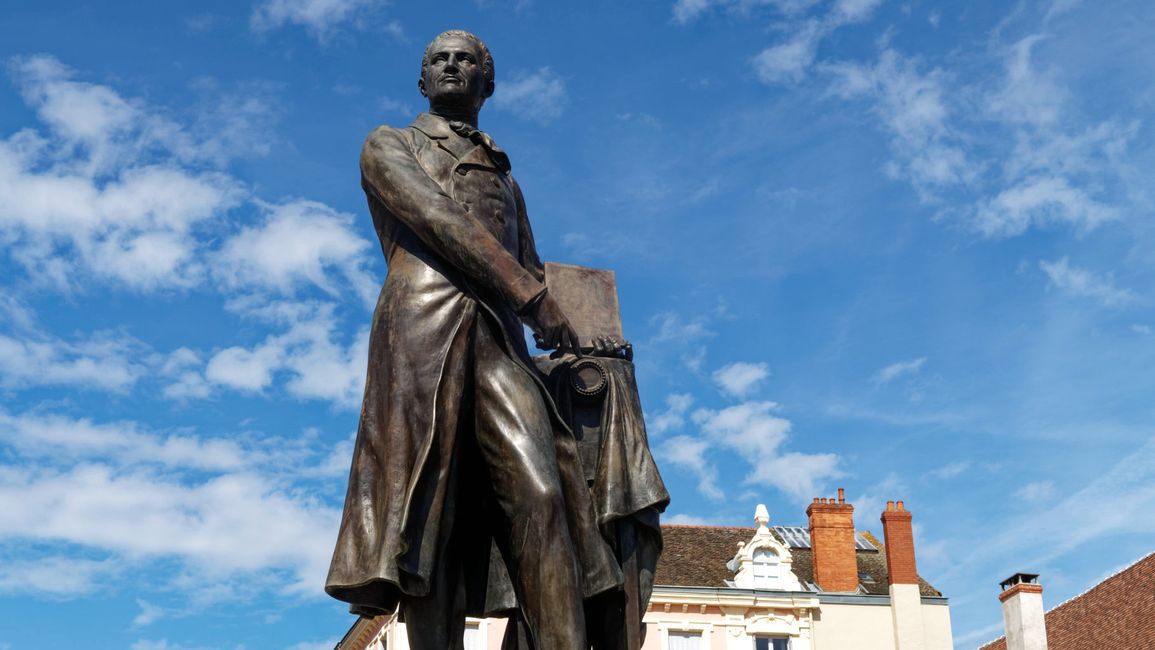
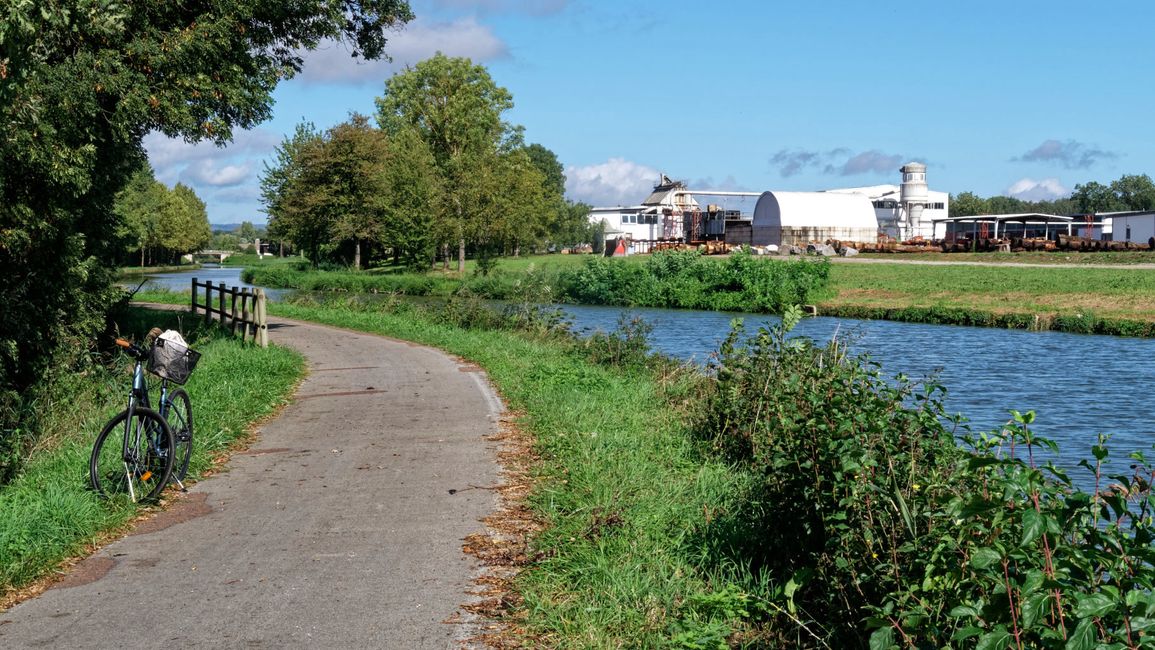
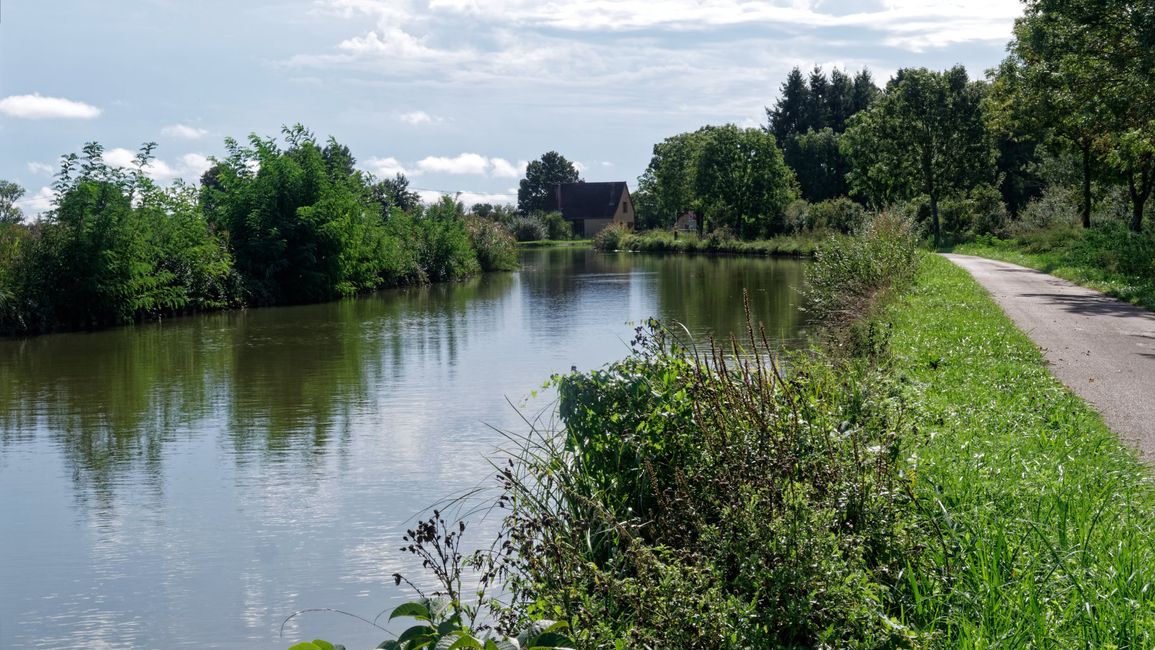
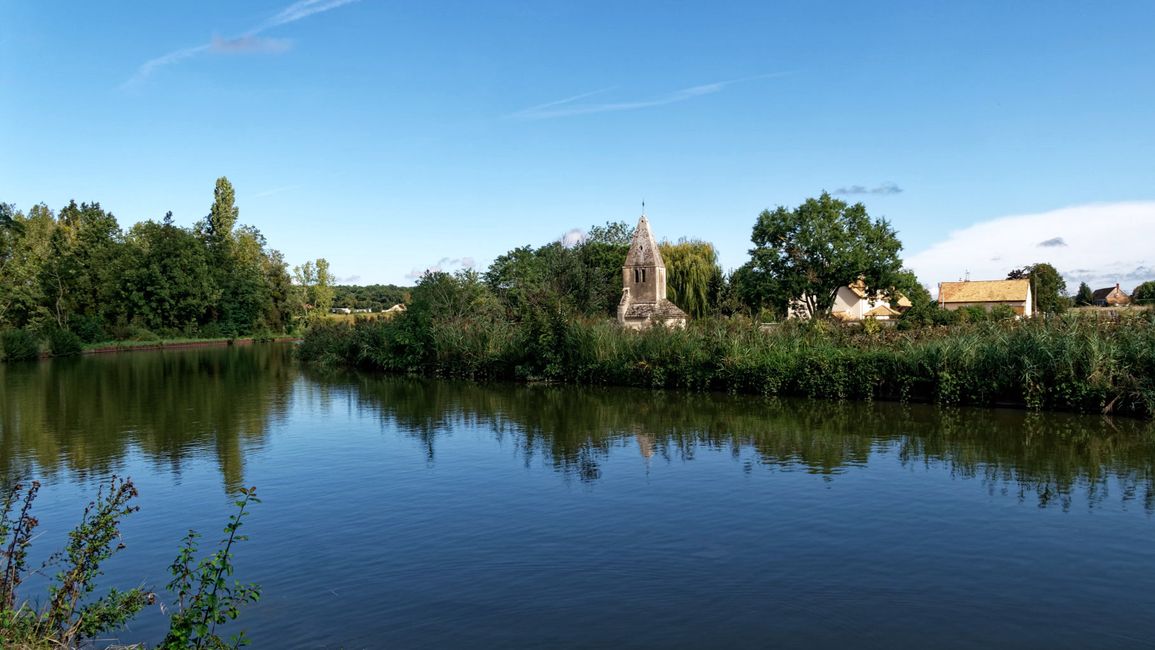
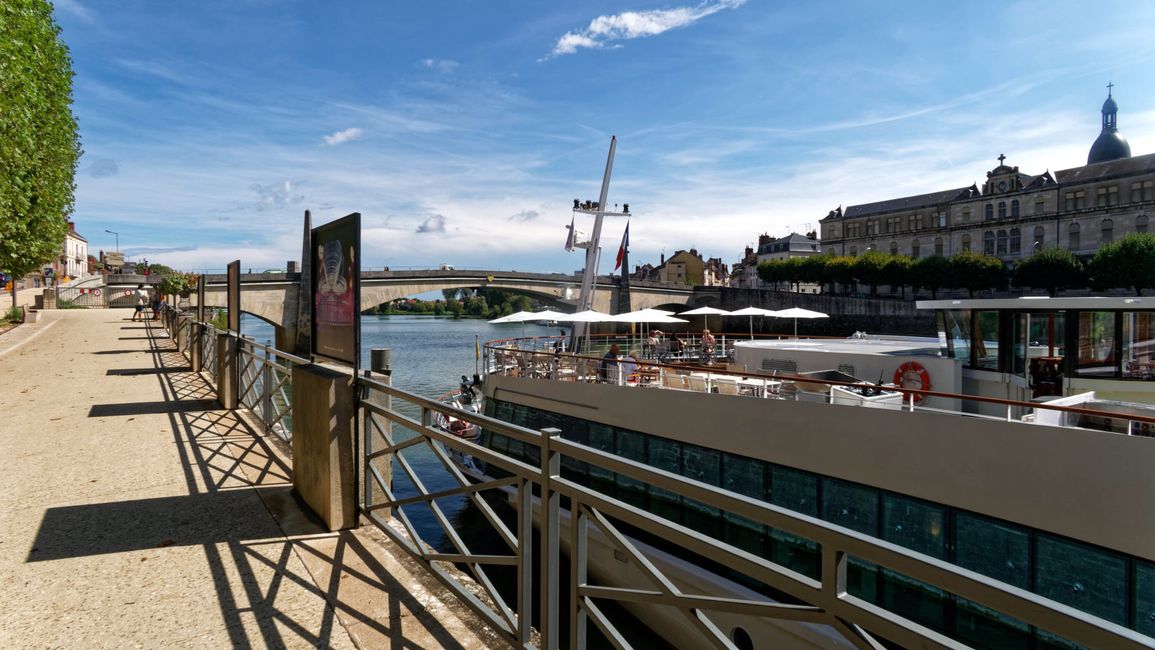
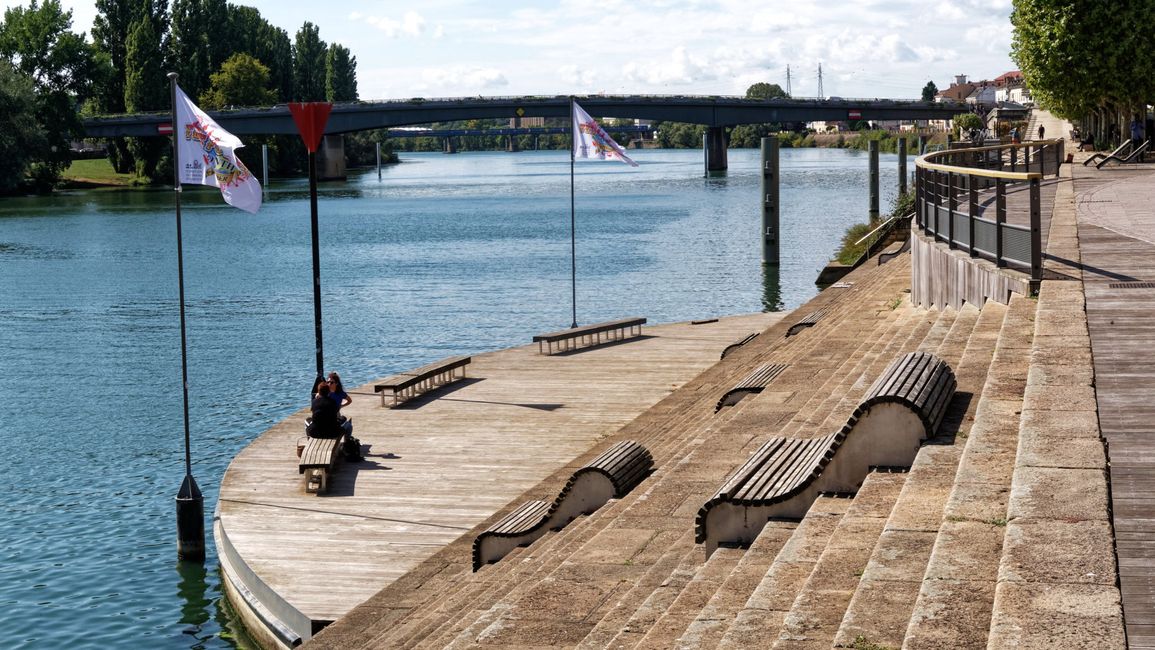
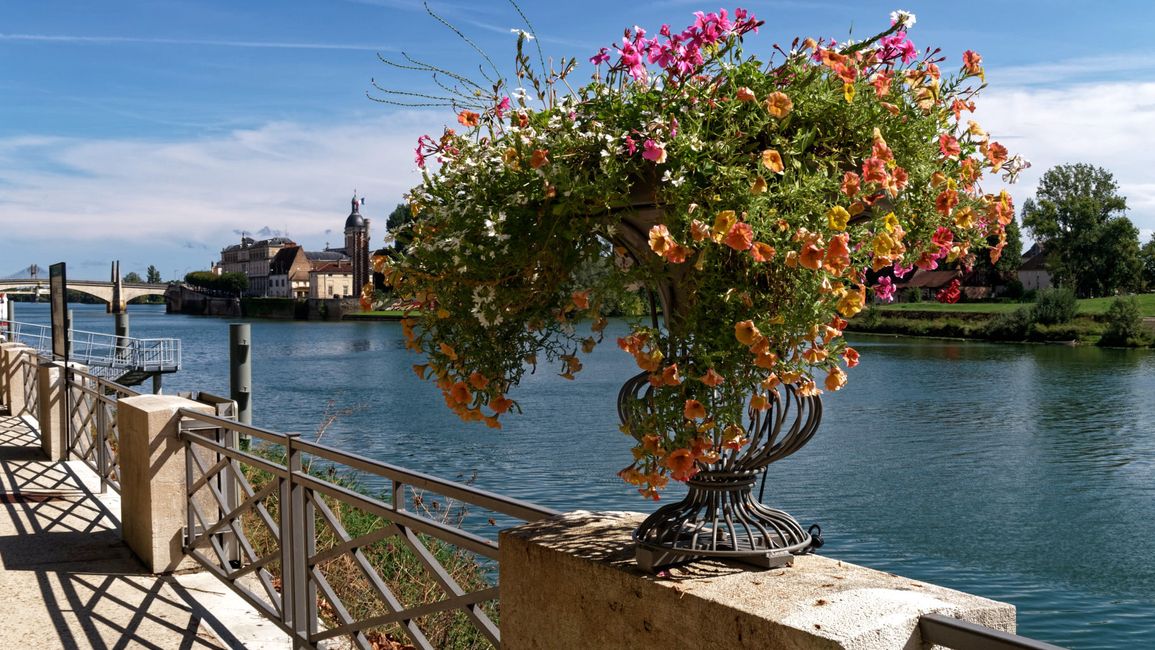
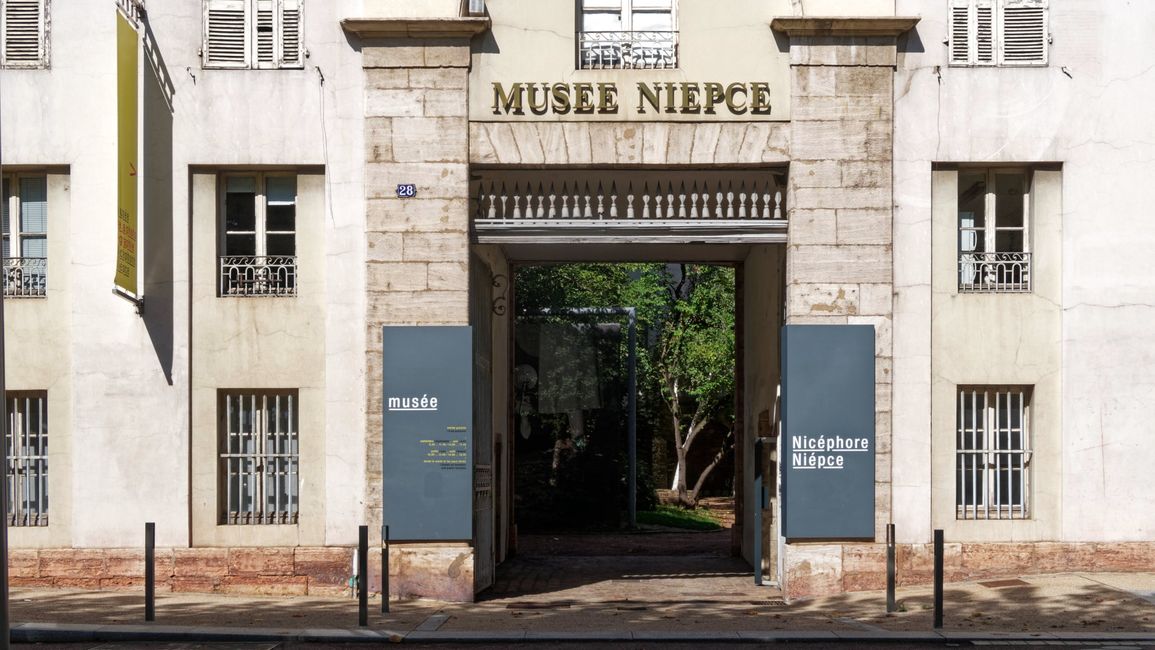
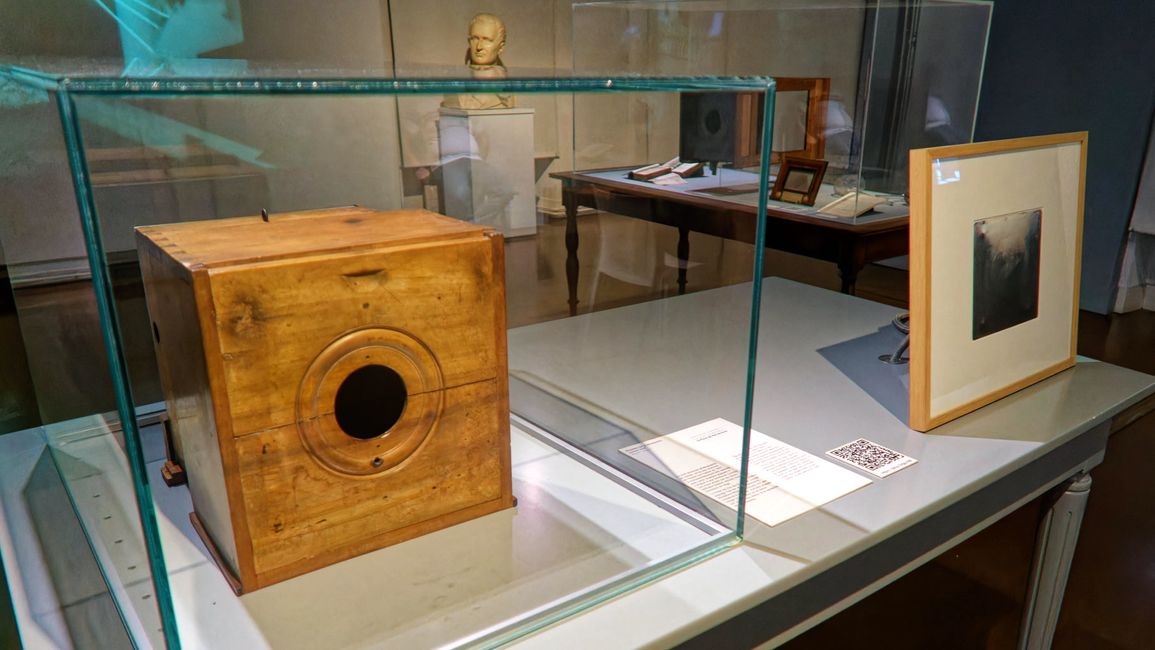
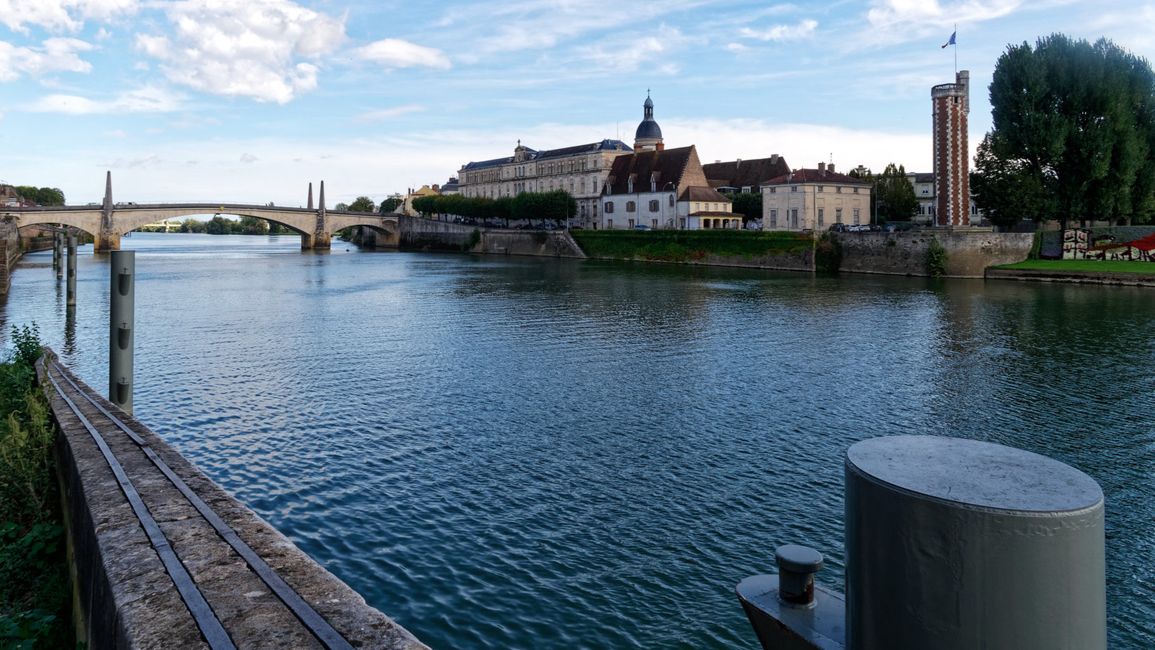
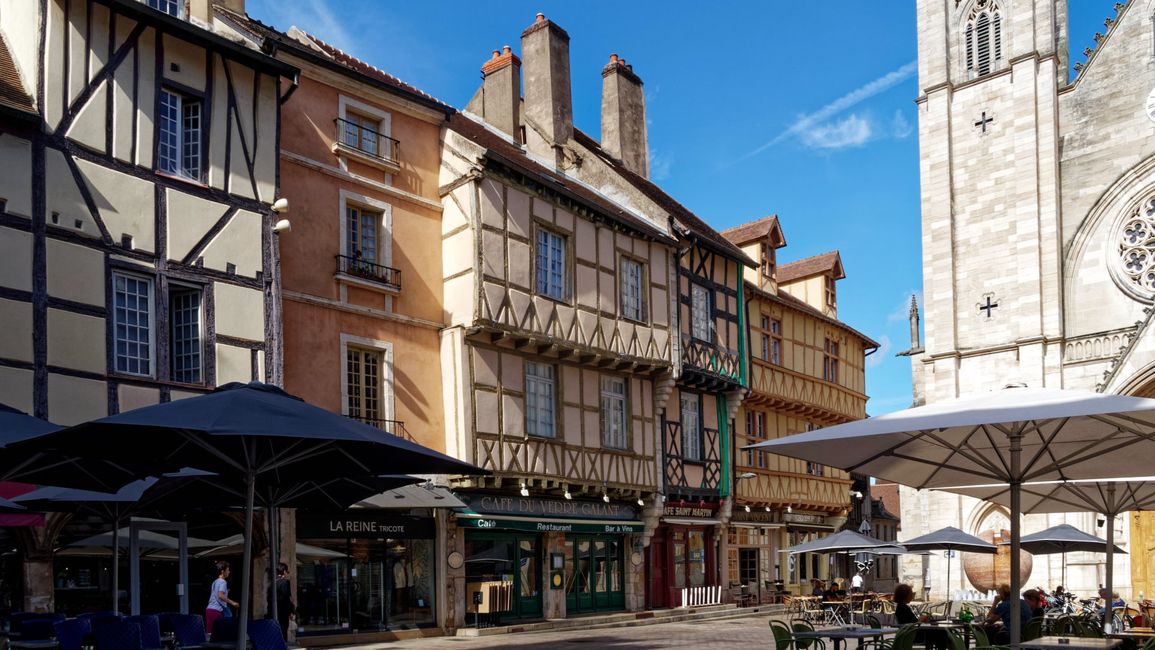
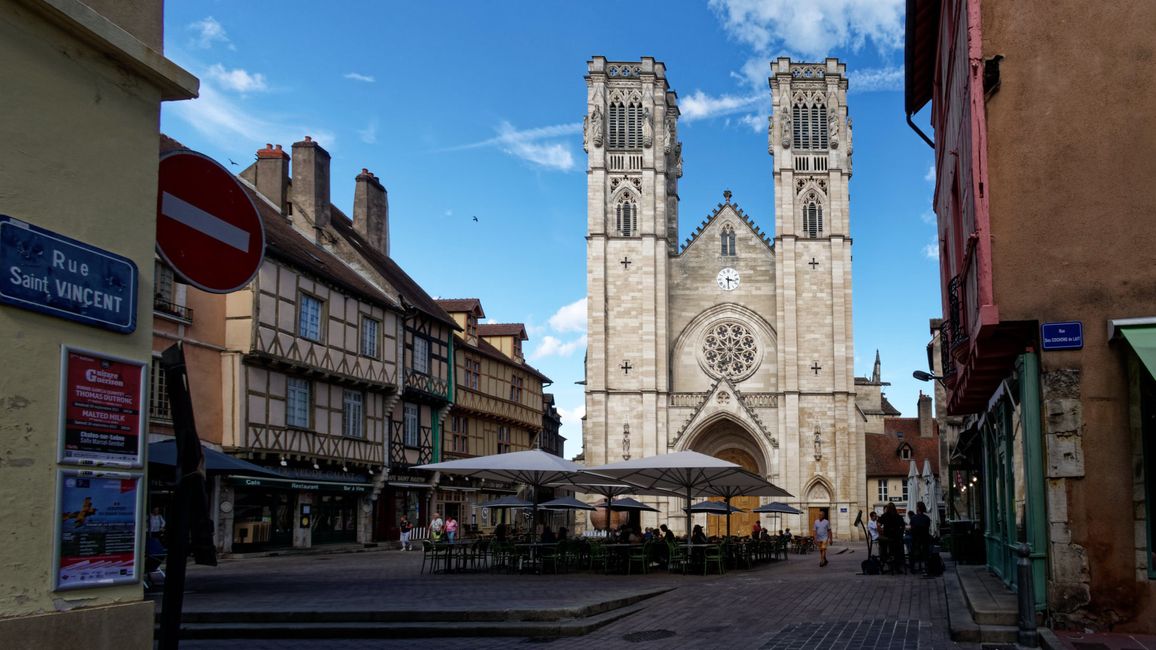
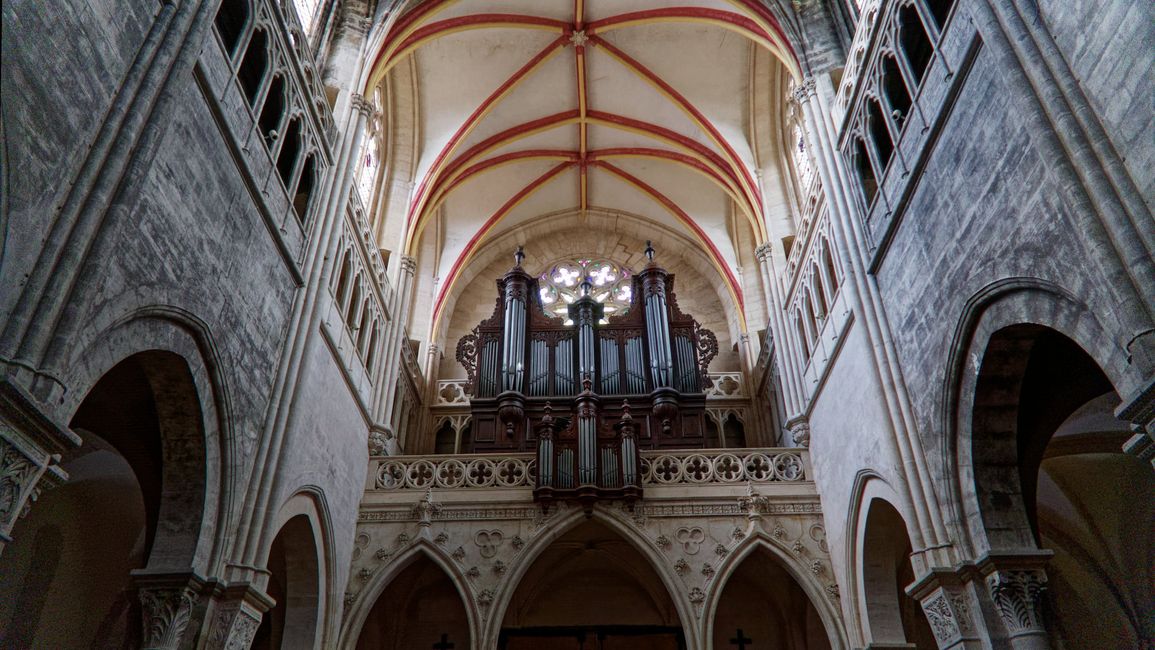
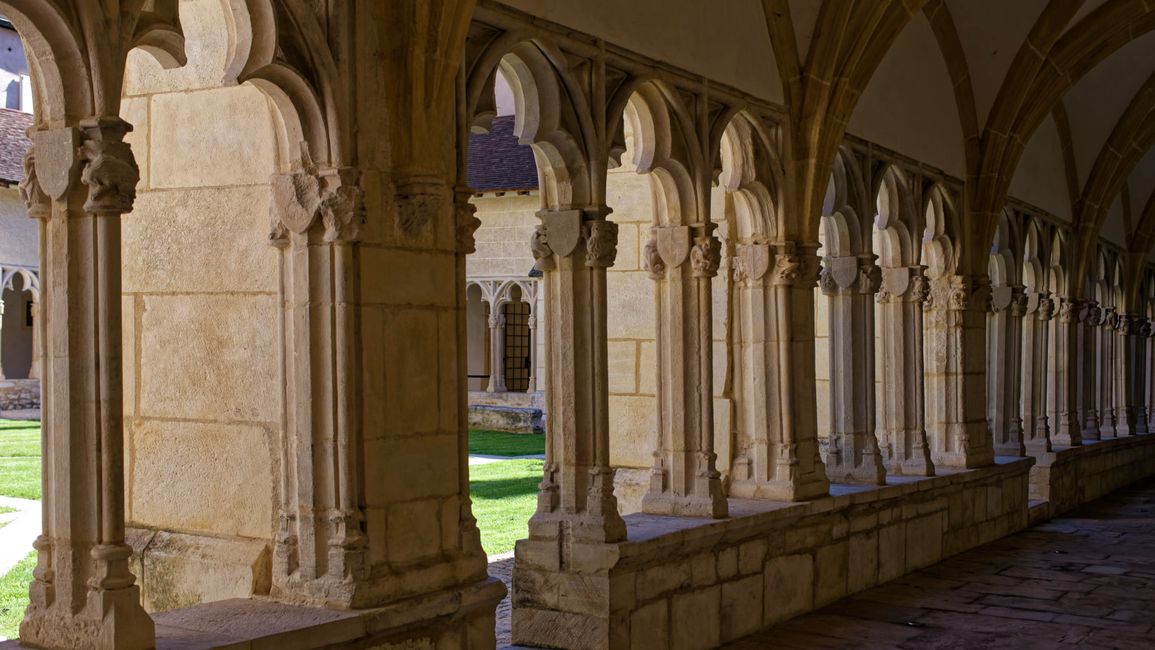
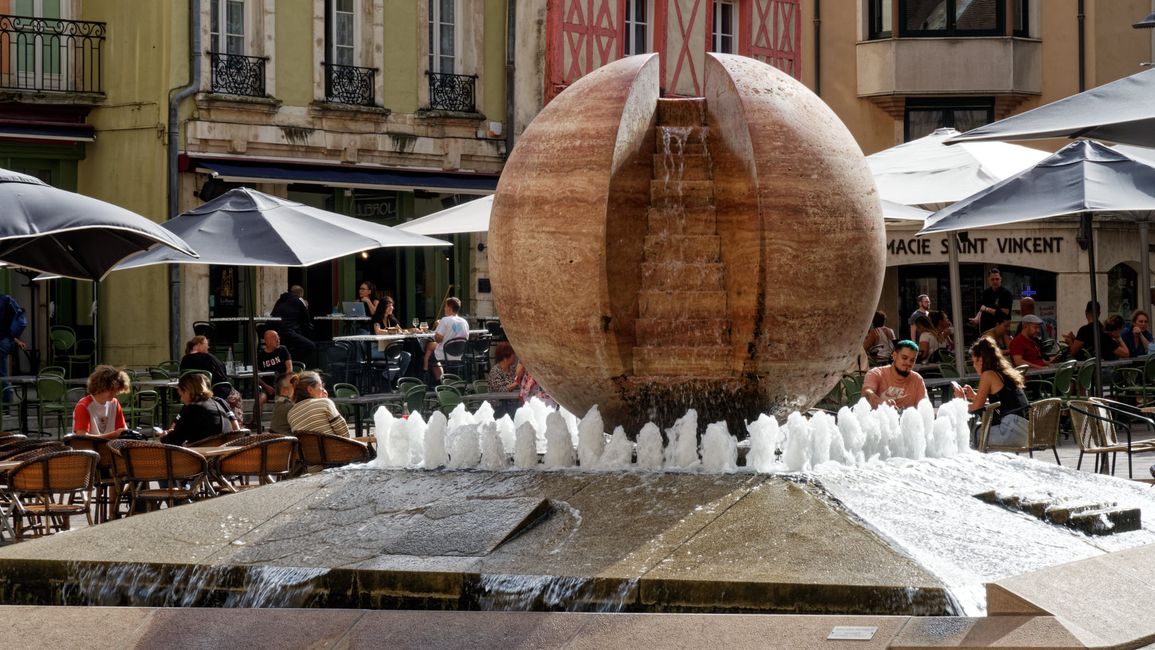

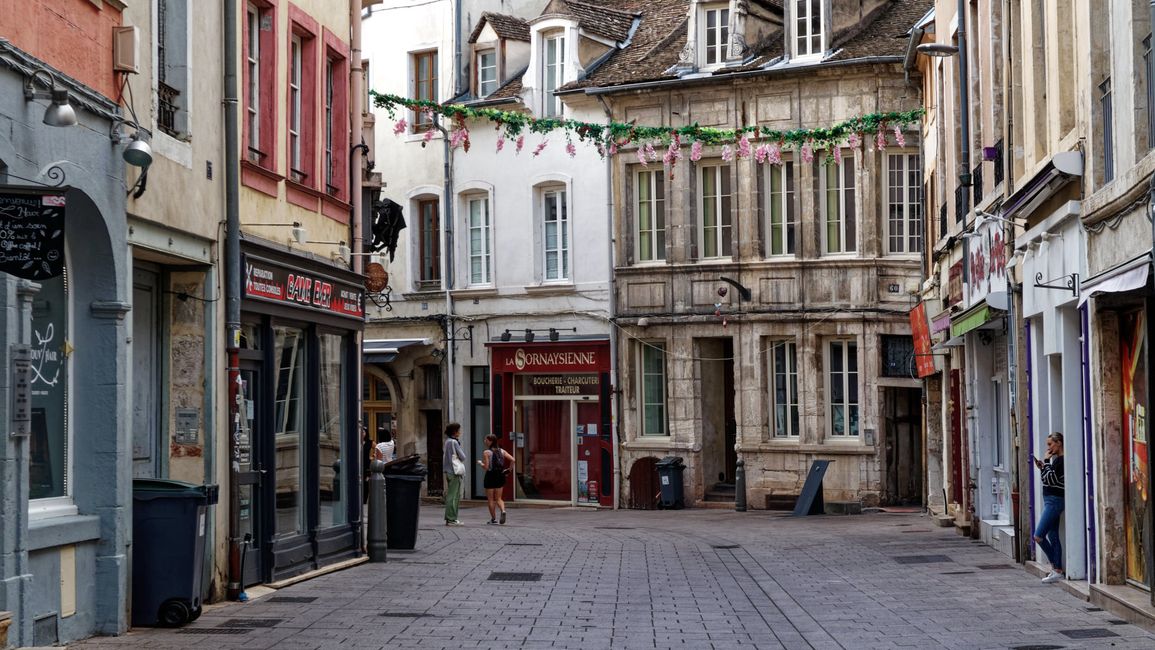
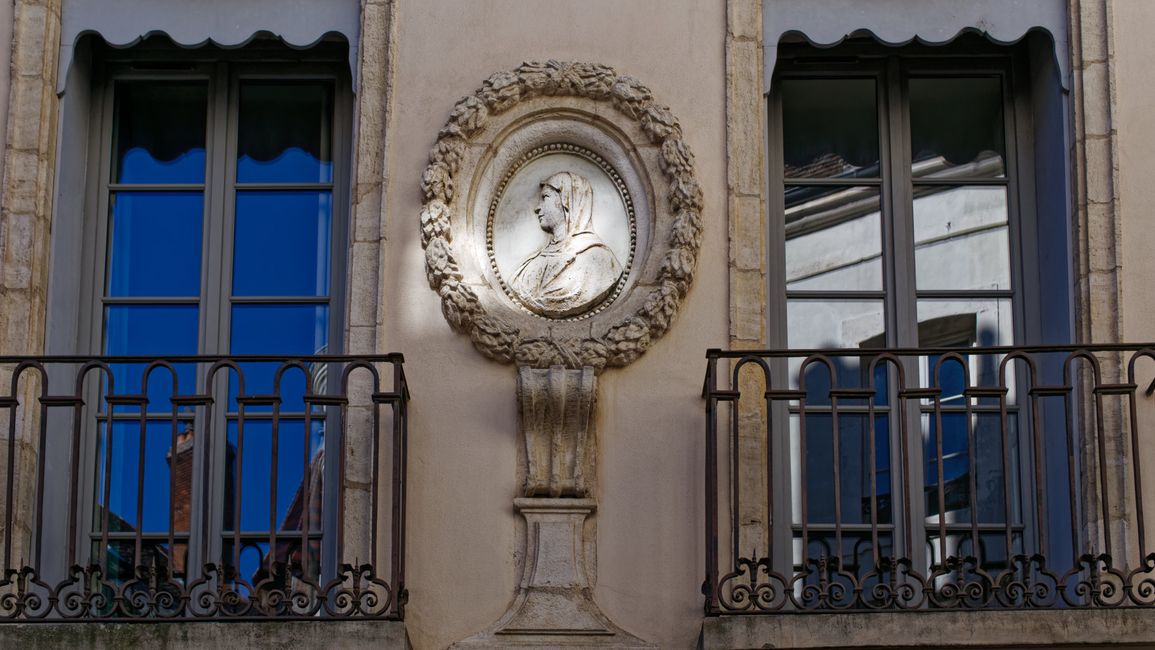
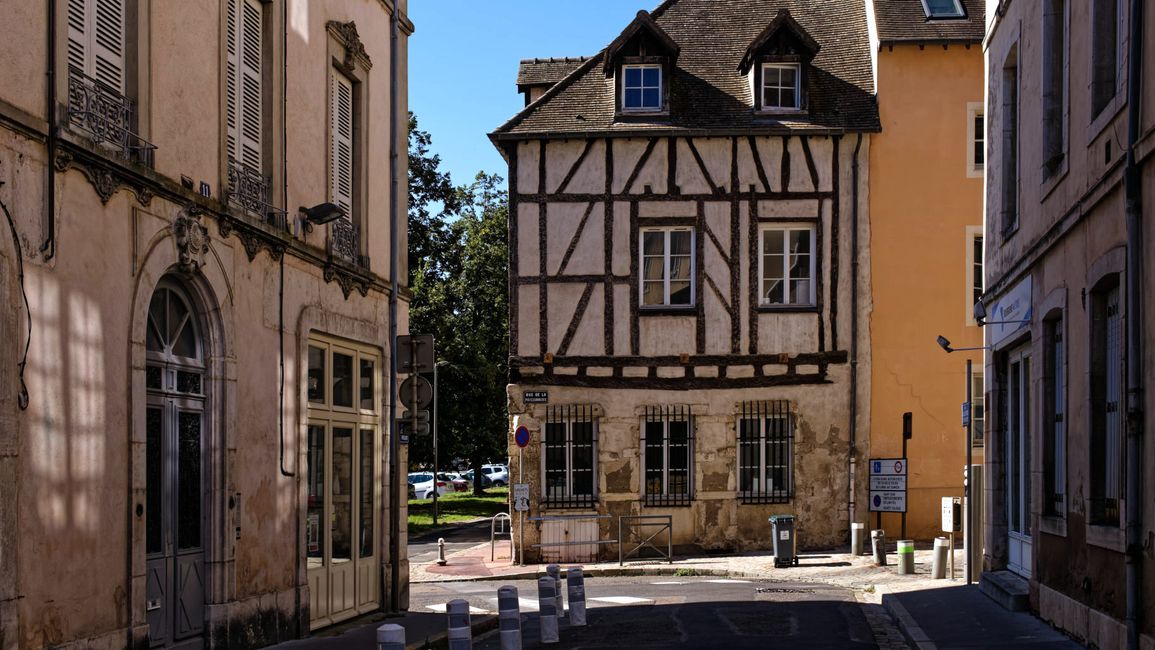
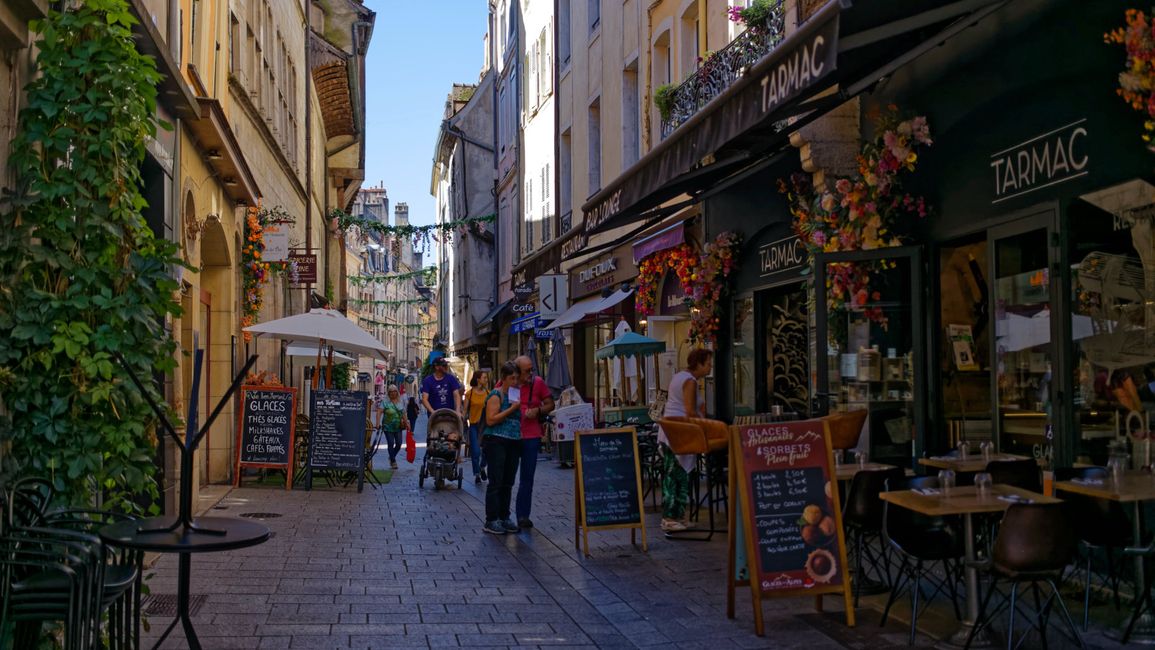
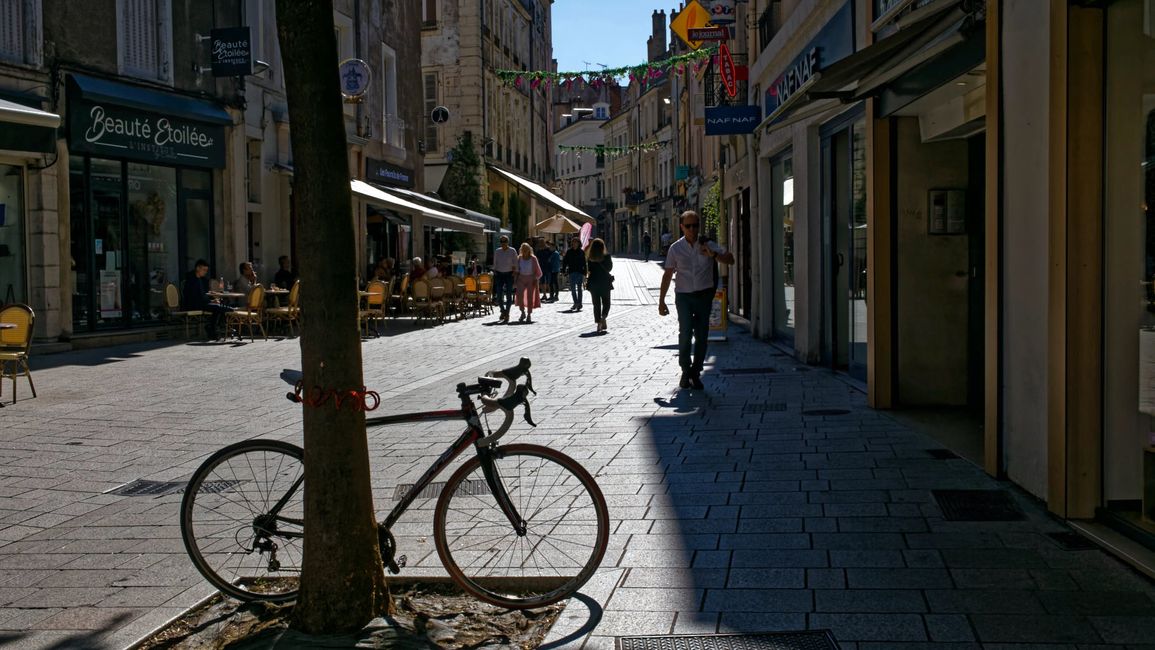
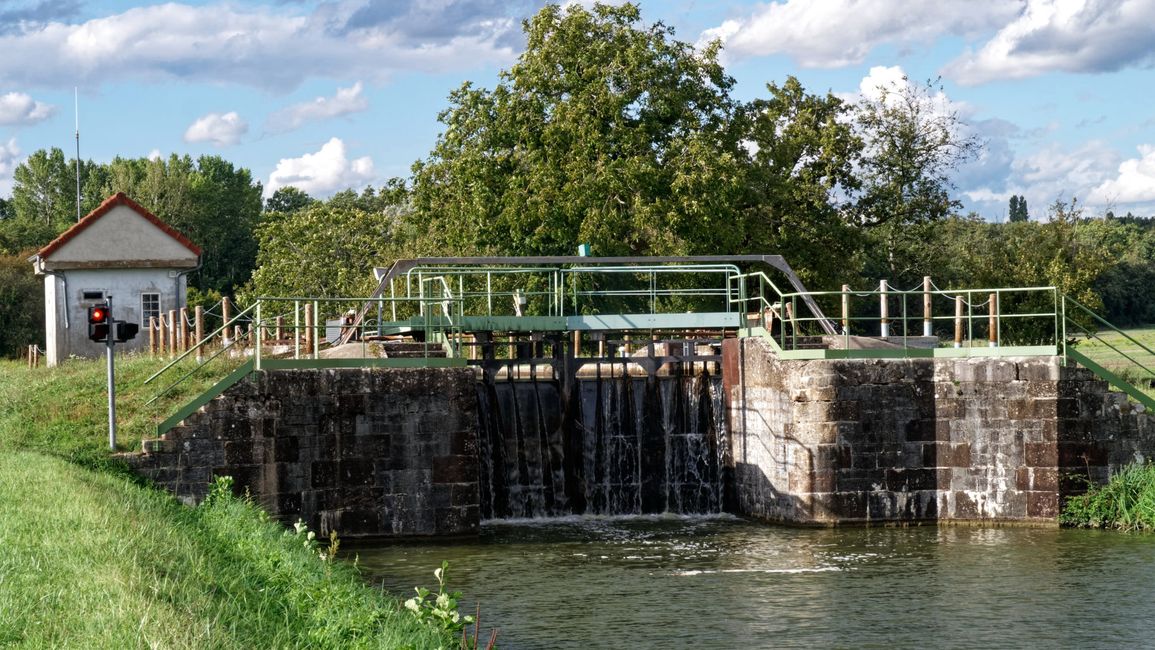
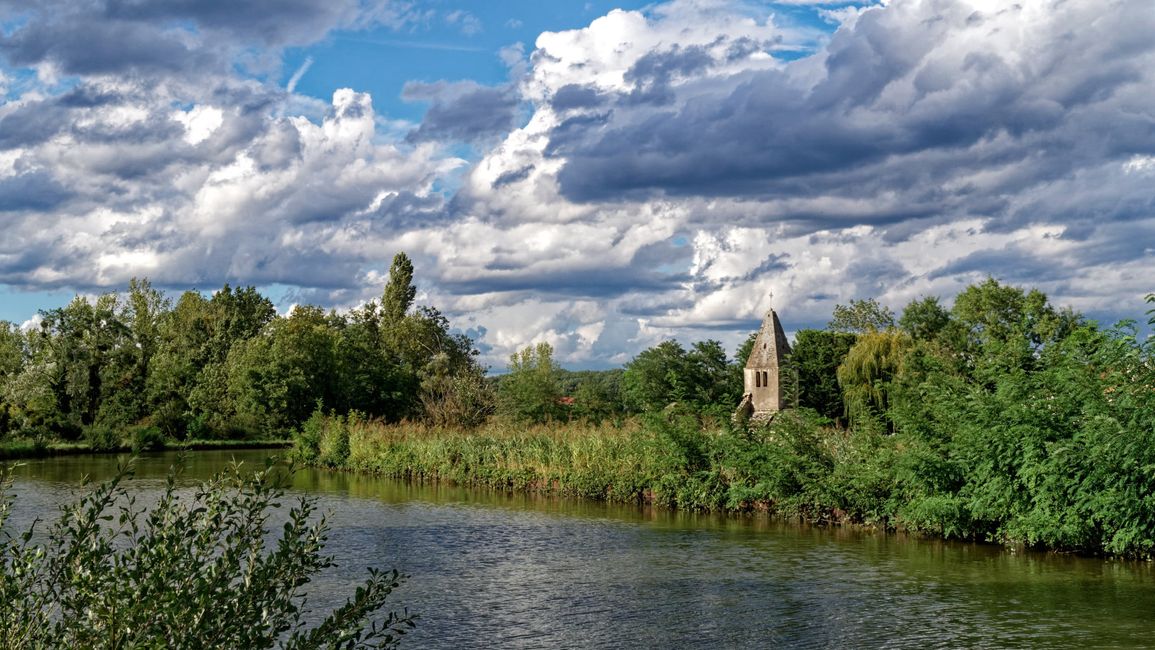
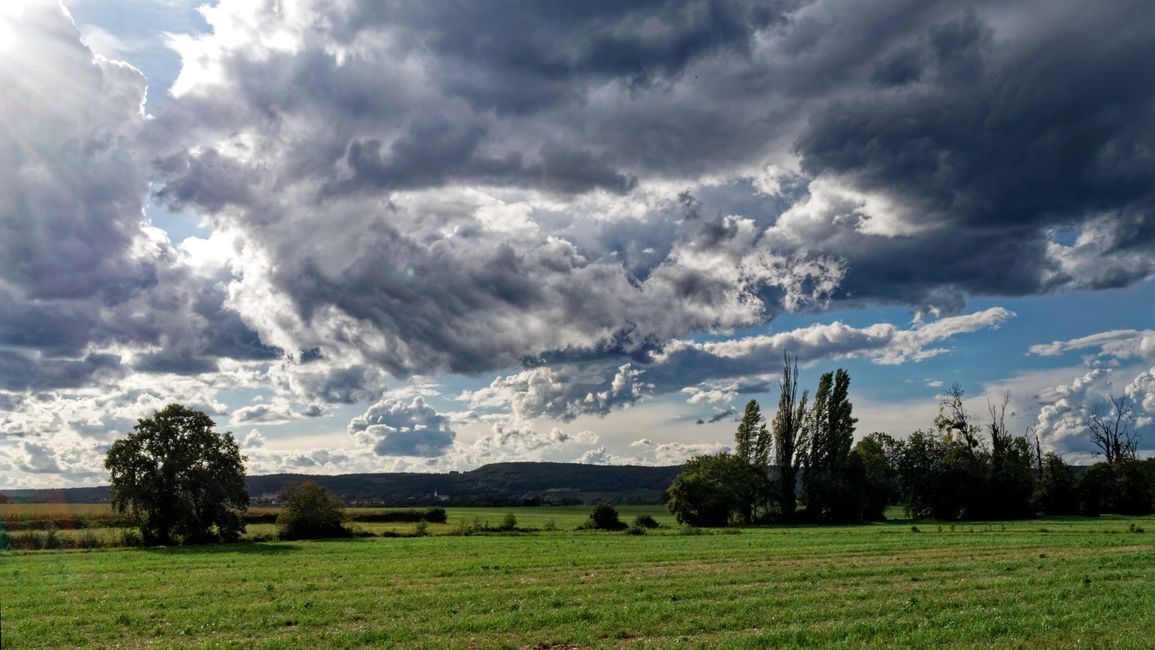
Joseph Nicéphore Niépce, a French inventor born in Chalon-sur-Saône on March 7, 1765, developed heliography, the world's first photographic technique. The first photograph that has survived to this day was taken by him: the view from his study, taken on an asphalt-coated tin plate.
Reason enough for us (for me) to pay a visit to the museum dedicated to him in Chalon-sur-Saône. Combined with a day trip by bike through the wonderful landscape, 25 km there and the same amount back - except for the last kilometer, all along the Canal du Center. And of course including a stroll through the picturesque city center. The cathedral and its recently restored cloister are particularly impressive.
The photography museum in Chalon-sur-Saône is indeed worth seeing. Unfortunately, the temporary exhibition had just ended, but there was still a lot of interesting things to discover about the history of photography. The highlight: the original camera with which Niépce took the first photograph in 1826, as well as a very well-made reproduction of this very first “photograph”. The original is in the USA.
Louis Daguerre was long considered the inventor of photography because he created the first commercially usable photographic process, the daguerreotype. However, he “merely” developed Nicéphore Niépce’s invention further. Niépce and Daguerre, along with William Henry Fox Talbot and Hippolyte Bayard, are among the pioneers of photography.
وەڵام
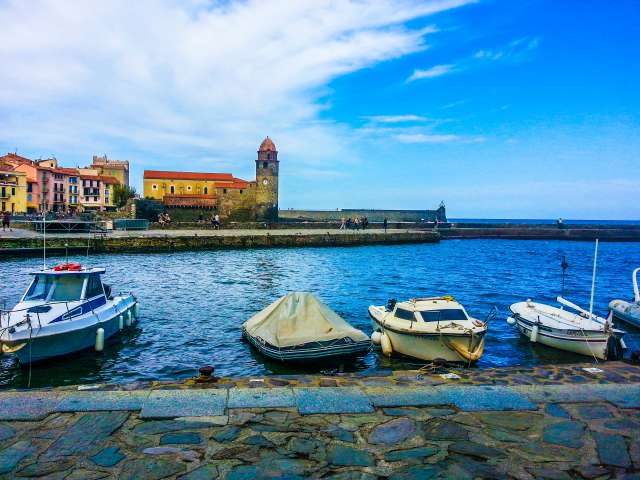
ڕاپۆرتی گەشتیاری فەرەنسا
